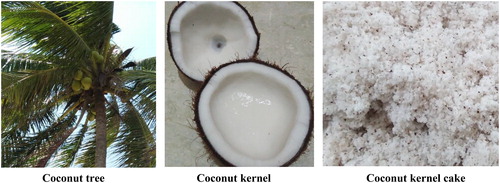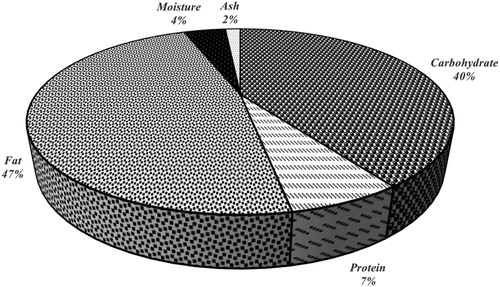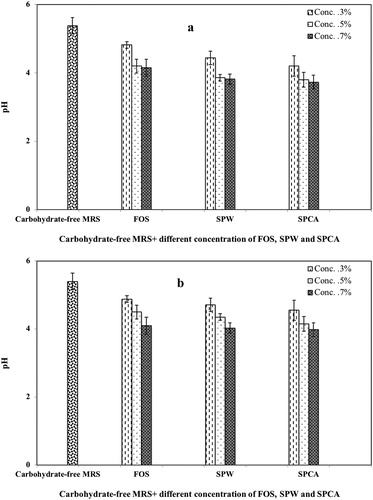Figures & data
Table 1. Extraction yield percentage of CKC soluble crude polysaccharide.
Table 2. Total carbohydrate and protein contents and solubility rate of CKC crude soluble polysaccharides.
Table 3. Monosaccharide composition of CKC crude soluble polysaccharides.
Figure 3. FTIR spectra of CKC soluble polysaccharides after extraction using water (SCPW), citric acid (SCPCA) and NaOH (SCPN).
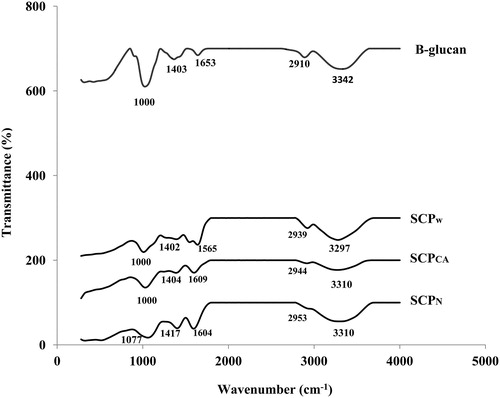
Table 4. Thermal properties of CKC soluble crude polysaccharides.
Figure 4. Hydrolysis of FOS, SCPCA and SCPW after treatment with artificial human gastric juice.
Note: The error bars represent the range of sample variation between three replicates and the standard deviation.

Figure 5. Hydrolysis of FOS, SCPW and SCPCA after treatment with α-amylase.
Note: The error bars represent the range of sample variation between three replicates and the standard deviation.
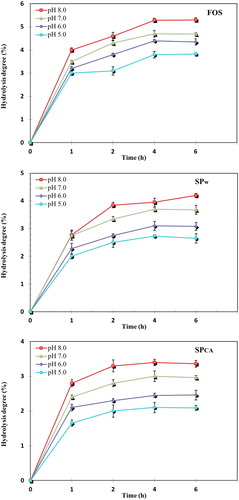
Table 5. Proliferation of L. plantarum ATCC 8014 and L. rhamnosus ATCC 53103 on SCPW and SCPCA in vitro.

